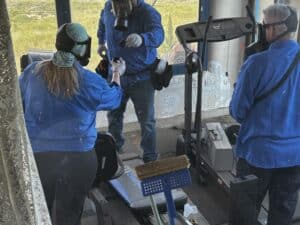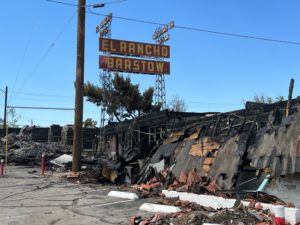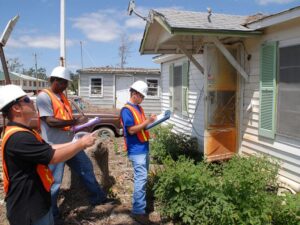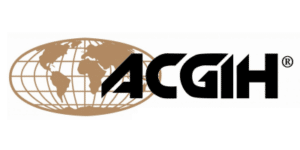Do You Need an Environmental Assessment? Here’s Why Demand is Increasing
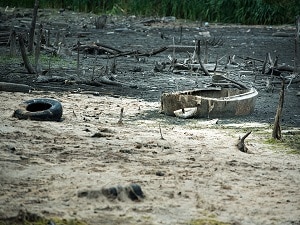
Environmental assessments are increasingly in demand as property purchases and commercial and industrial redevelopment surges.
As the economy accelerates and property buying increases, many developers are turning to environmental assessments to ensure due diligence. But it’s not simply by choice – it has been a standard practice for banks to require these assessments before approving – or refinancing – loans.
Both private and industrial properties have experienced increasingly high demand over the past year, leading many developers to purchase and utilize so-called brownfield sites – or previously developed land that may be contaminated – to construct warehousing space. This trend is just one of many developments increasing the demand for environmental site assessments.
What Is an Environmental Assessment?
Environmental assessments are performed in phases beginning with a determination of whether a property has any recognized environmental concerns (RECs) and if so, to characterize the severity of environmental risk, known toxins onsite and extent of contamination. Phase I, II, and III assessments are available depending on the type, location, and risk of your property.
A Phase I environmental site assessment is the first step when conducting a real estate or business transaction as well as purchasing or leasing land, buildings, or businesses.
In Phase I, experts at Omega Environmental Services Inc. investigate how properties have been used over time and if environmental hazards or RECs are present. In the case of brownfield sites, Phase I, Phase II and Phase III assessments will most likely be needed.
OSHA defines a brownfield as a property where the expansion, redevelopment or reuse of it may be complicated by the presence of a hazardous substance, pollutant or contaminant. Under the EPA’s Brownfield Program, grants and loans help pay for the assessments and cleanup of such sites.
In June 2021, the Environmental Protection Agency (EPA) announced $11.6 million in supplemental funding for the cleanup and redevelopment of brownfield sites this year.
Gas Station Use, Underground Tanks and Dry Cleaning Chemicals
Properties adjacent to military bases, manufacturing facilities, dry cleaning sites, or gas stations are vulnerable to contamination. The purpose of a Phase I Assessment is to determine whether RECs exist on a site.
Did the property have exposure to dry cleaning chemicals, petroleum-based products, metals, or other contaminants? Did it contain underground or above-ground storage tanks filled with chemicals or clarifiers for wastewater treatment?
An environmental assessment will identify potential environmental impacts on property to petroleum products, PCBs, radiological hazards, metals, volatile compounds, solvents, pesticides, asbestos, lead, and mold or other contaminants.
Soil and Water Tests are Part of Phase II Assessments
If the Phase I Assessment determines that the site has a history that may have resulted in exposure to environmental hazards, a Phase II Assessment is conducted and includes:
- Subsurface soil sampling
- Subsurface water sampling
- Testing of soil around aboveground and underground storage tanks
- Sampling of contents of drums left on the site
Laboratory analysis of samples taken during this assessment will determine if further investigation is necessary. If hazardous materials are discovered on-site during this stage, a Phase III assessment may be required.
Phase III Assessment Finds Extent of Damage
The Phase III Assessment will further characterize the extent of the contamination.
During a Phase III assessment, Omega’s experts will devise a remedial action plan (RAP) that follows federal, state, and local guidelines as well as addresses the clients’ needs. We look for the most feasible and efficient solution for your RAP. Phase III Assessment includes:
- Determination of vertical and lateral extent of contamination
- Soil vapor monitoring
- Groundwater monitoring
- Removal of impacted soil media
- Installation of remedial equipment (vapor extraction systems)
The professionals at Omega have decades of experience performing this crucial environmental due diligence. As a full-service environmental management and consulting firm, Omega performs assessments to ensure compliance with ASTM, DTSC, CRWQCB, and CERCLA AAI standards.
Avoid costly and time-consuming environmental liability with careful and cost-effective due diligence. Contact us today to schedule an environmental site assessment to evaluate your property.




